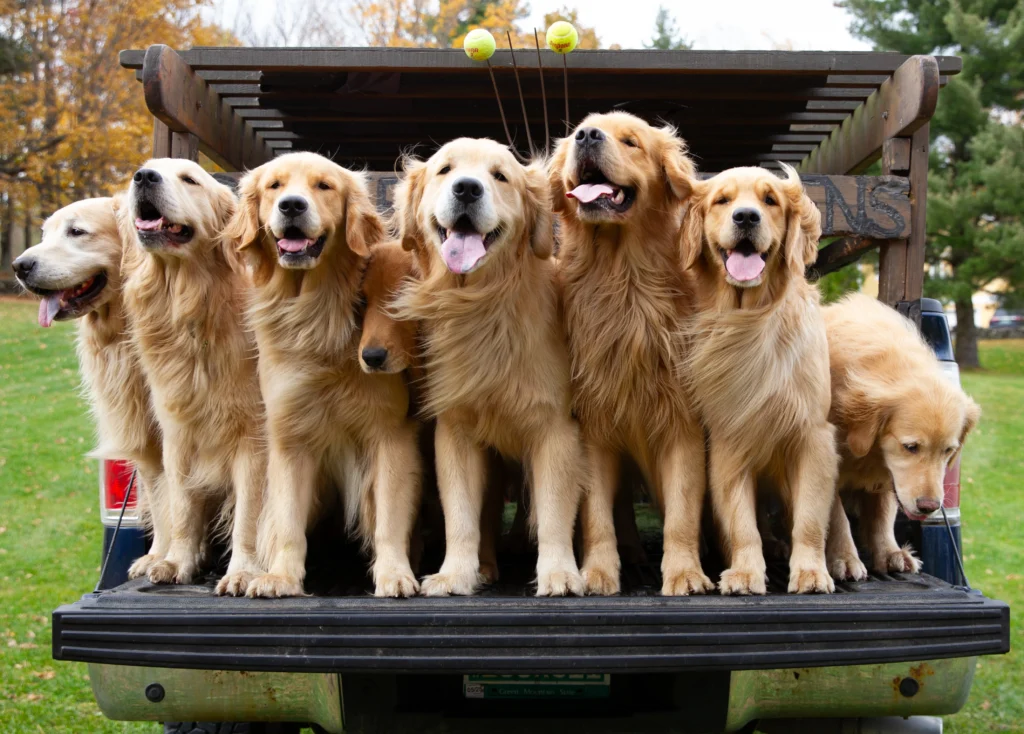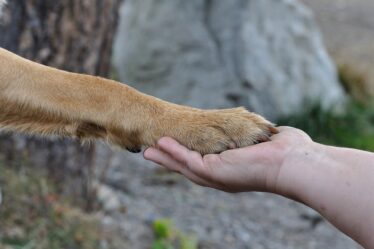
Fixing long- haired faves requires tolerance, skill, and knowledge of proper care ways. Long hair, if not regularly maintained, can lead to colorful health issues similar as matting, skin infections, and spongers. This composition provides a detailed and useful companion on how to watch for your long- haired faves , including essential tools, daily fixing routines, and tips to keep their fleeces smooth and healthy.
1. The Importance of Grooming

Long hair not only enhances your pet’s beauty but also plays a crucial role in protecting their body from environmental factors such as temperature, UV rays, and insects. Regular grooming helps to:
- Help matting and tangling
- Reduce slipping and allergens
- Descry skin issues and spongers beforehand
- Maintain a healthy, candescent fleece
2. Essential Grooming Tools
To effectively groom long-haired pets, you need the right tools. Here are some must-haves:
- Slicker Brush: Ideal for removing loose fur and detangling.
- Comb: A wide-tooth comb helps with initial detangling, while a fine-tooth comb is great for finishing touches.
- Deshedding Tool: Reduces shedding by removing undercoat fur.
- Scissors and Clippers: For trimming around sensitive areas and maintaining coat length.
- Detangling Spray: Eases the brushing process by softening the fur.
- Shampoo and Conditioner: Use pet-specific, high-quality products to maintain coat health.
3. Daily Grooming Routine

Consistency is key when it comes to grooming long-haired pets. A daily routine will help keep their coat in top condition:
- Brushing: Brush your pet’s coat daily to prevent mats and tangles. Start with a slicker brush to remove loose fur and follow up with a comb to ensure no knots remain.
- Checking for Debris: Long hair can easily trap dirt, leaves, and other debris. Regularly check and remove any foreign objects from their coat.
- Cleaning Ears and Eyes: Use a damp cloth to wipe around your pet’s eyes and ears. Long hair can cause tear stains and ear infections if not cleaned properly.
- Paw and Nail Care: Trim your pet’s nails regularly and check their paws for any signs of injury or infection. Long hair around the paws should be trimmed to prevent mats and discomfort.
4. Bathing and Drying
Bathing is an essential part of grooming but should be done with caution:
- Frequency: Long-haired pets generally need a bath once a month. Overbathing can strip natural oils from their coat, leading to dryness and irritation.
- Bathing Process:
- Brush Before Bathing: Remove tangles and mats before getting your pet wet.
- Use Lukewarm Water: Ensure the water temperature is comfortable.
- Apply Shampoo: Lather your pet with a pet-specific shampoo, making sure to reach the undercoat. Rinse thoroughly to avoid any residue that can irritate the skin.
- Conditioner: Apply a conditioner to keep the coat soft and manageable. Rinse well.
- Drying:
- Towel Drying: Gently pat your pet dry with a towel to remove excess water.
- Blow Drying: Use a pet-specific blow dryer on a low heat setting to dry the coat completely. Brush while drying to prevent tangles.
5. Dealing with Mats and Tangles
Mats and tangles are common in long-haired pets. Here’s how to handle them:
- Prevention: Regular brushing is the best way to prevent mats. Use a detangling spray to ease the process.
- Removing Mats:
- Small Mats: Use your fingers or a comb to gently tease apart small mats.
- Larger Mats: For bigger mats, use a mat splitter or seek professional grooming help if needed. Never cut mats out with scissors as this can cause injury.
6. Seasonal Grooming
Different seasons bring different grooming challenges:
- Spring and Summer: Pets shed more during warmer months. Increase brushing frequency to manage shedding and prevent overheating.
- Fall and Winter: Long-haired pets may grow a thicker undercoat. Regular grooming ensures their coat remains healthy and free of mats.
7. Professional Grooming
While regular at-home grooming is essential, professional grooming can provide a deeper clean and more thorough care. Schedule professional grooming sessions every few months to maintain optimal coat health.
8. Signs of Grooming Issues

Keep an eye out for signs that your pet may need more grooming or a visit to the vet:
- Excessive scratching or licking
- Red, irritated, or flaky skin
- Unpleasant odor
- Lumps, bumps, or parasites on the skin
9. Nutrition and Coat Health
A healthy diet directly impacts the health of your pet’s coat. Ensure your pet receives a balanced diet rich in omega-3 and omega-6 fatty acids, vitamins, and minerals. Consult your vet for dietary recommendations suited to your pet’s specific needs.
10. Creating a Positive Grooming Experience
Make grooming a positive experience for your pet:
- Start Early: Begin grooming when your pet is young to get them accustomed to the process.
- Be Gentle and Patient: Use gentle strokes and be patient, especially with nervous pets.
- Reward and Praise: Use treats and praise to reinforce positive behavior during grooming.
Conclusion
Grooming long-haired pets may require extra effort, but it is essential for their overall health and well-being. By following a consistent grooming routine, using the right tools, and paying attention to your pet’s needs, you can ensure that their coat remains healthy, shiny, and beautiful. Regular grooming not only keeps your pet looking their best but also strengthens the bond between you and your furry friend.


